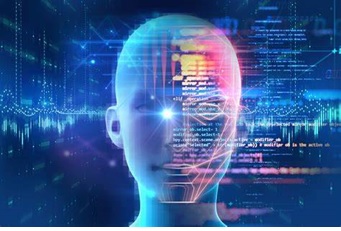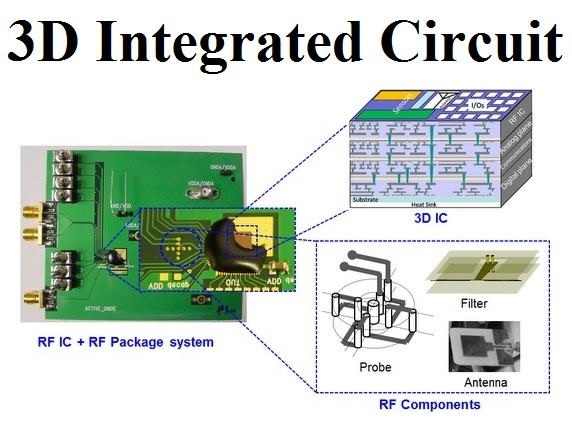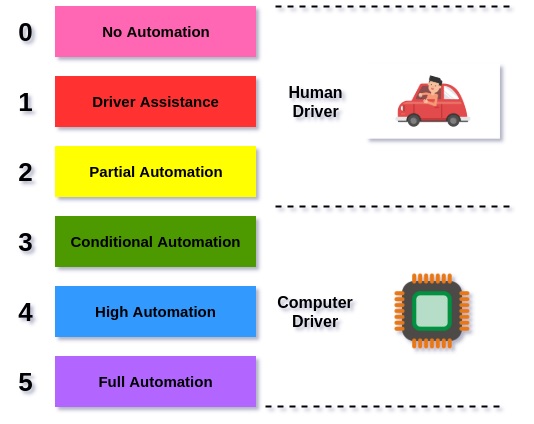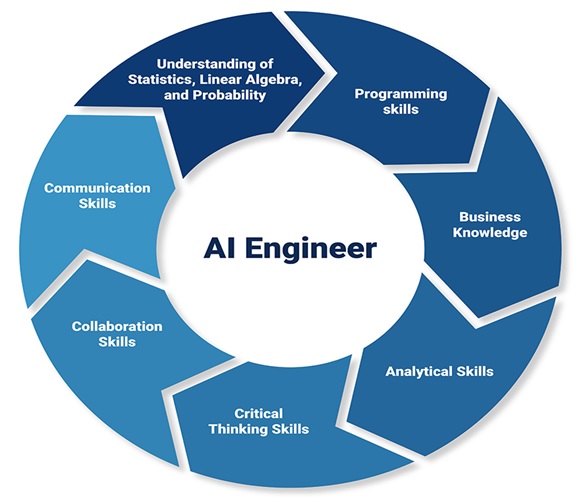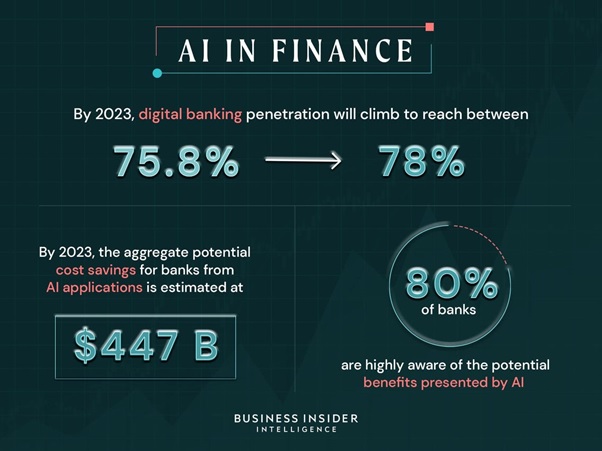A Review of Chatbot Technology
A chatbot is an artificial intelligence (AI) software that can simulate a conversation (or a chat) with a user in natural language through messaging applications, websites, mobile apps or through the telephone.
A chatbot is often described as one of the most advanced and promising expressions of interaction between humans and machines. However, from a technological point of view, a chatbot only represents the natural evolution of a Question Answering system leveraging Natural Language Processing (NLP). [1] Formulating responses to questions in natural language is one of the most typical Examples of Natural Language Processing applied in various enterprises’ end-use applications.
There are two different tasks at the core of a chatbot:
- User request analysis
- Returning the response
User Request Analysis
This is the first task that a chatbot performs. [2] It analyzes the user’s request to identify the user intent and to extract relevant entities.
The ability to identify the user’s intent and extract data and relevant entities contained in the user’s request is the first condition and the most relevant step at the core of a chatbot: If you are not able to correctly understand the user’s request, you won’t be able to provide the correct answer. The figure 1 shows the Artificial Intelligence (AI) of Chatbot.
Returning the Response
Once the user’s intent has been identified, the chatbot must provide the most appropriate response for the user’s request. The answer may be:
- a generic and predefined text;
- a text retrieved from a knowledge base that contains different answers;
- a contextualized piece of information based on data the user has provided;
- data stored in enterprise systems;
- the result of an action that the chatbot performed by interacting with one or more backend application; or,
- a disambiguating question that helps the chatbot to correctly understand the user’s request.
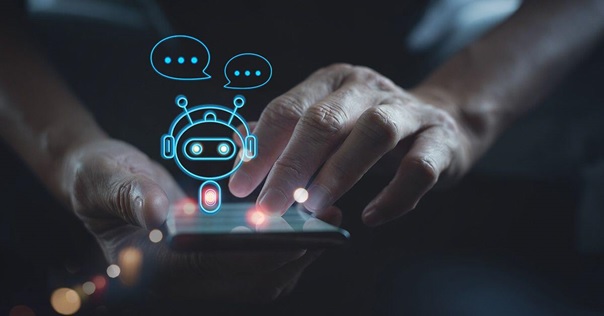
Figure 1: Artificial Intelligence (AI) Chatbot
Making sense of human language has been a goal of artificial intelligence and healthcare technology for over 50 years. Most NLP systems include forms of speech recognition or text analysis and then translation. A common use of artificial intelligence in healthcare involves NLP applications that can understand and classify clinical documentation. NLP systems can analyze unstructured clinical notes on patients, giving incredible insight into understanding quality, improving methods, and better results for patients.
Three categories for applications of AI in health care
As AI finds its way into everything from our smartphones to the supply chain, [3] applications in health care fall into three broad groupings:
- Patient-oriented AI
- Clinician-oriented AI
- Administrative- and operational-oriented AI
The benefits of AI in health care
From patient self-service to chat bots, computer-aided detection (CAD) systems for diagnosis, and image data analysis to identify candidate molecules in drug discovery, AI is already at work increasing convenience and efficiency, reducing costs and errors, and generally making it easier for more patients to receive the health care they need.
While NLP and ML are already being used in health care, [4] they will become increasingly important for their potential to:
- Improve provider and clinician productivity and quality of care
- Enhance patient engagement in their own care and streamline patient access to care
- Accelerate the speed and reduce the cost to develop new pharmaceutical treatments
- Personalize medical treatments by leveraging analytics to mine significant, previously untapped stores of non-codified clinical data
While each AI technology can contribute significant value alone, the larger potential lies in the synergies generated by using them together across the entire patient journey, from diagnoses, to treatment, to ongoing health maintenance.
The Future of AI in Healthcare
The greatest challenge to AI in healthcare is not whether the technologies will be capable enough to be useful, but rather ensuring their adoption in daily clinical practice. In time, clinicians may migrate toward tasks that require unique human skills, tasks that require the highest level of cognitive function. Perhaps the only healthcare providers who will lose out on the full potential of AI in healthcare may be those who refuse to work alongside it.
References:
- https://www.expert.ai/blog/chatbot/
- https://sproutsocial.com/chatbots/
- https://shanebarker.com/blog/best-ai-chatbot/
Cite this article:
Vinotha D (2021) A Review of Chatbot Technology, Anatechmaz, pp. 15



